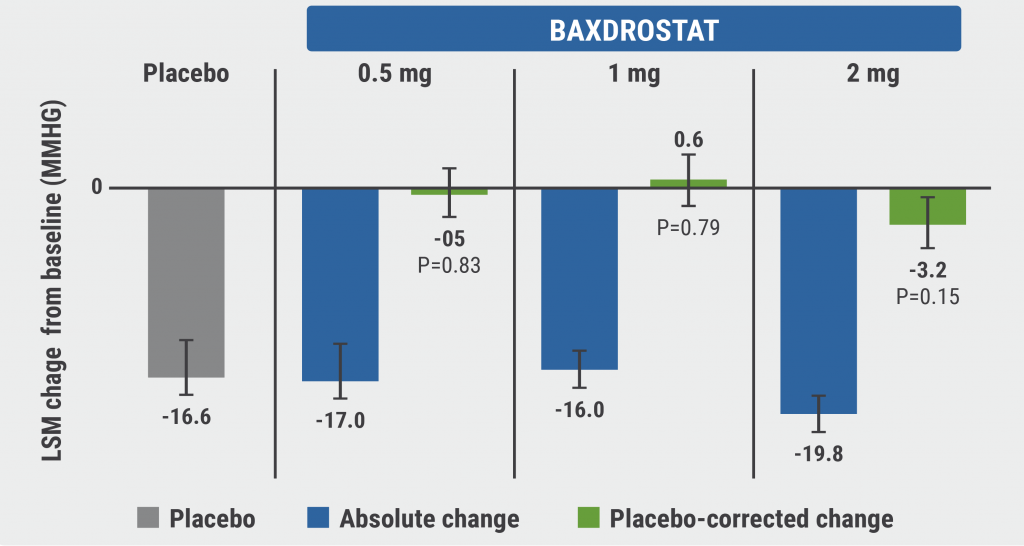Recombinant human pentraxin-2 (PRM-151), also known as serum amyloid P, has been shown to reduce fibrosis in preclinical and early trial settings. Idiopathic pulmonary fibrosis (IPF) is a fibrotic lung disease with a median survival of 3-5 years after diagnosis. Currently available anti-fibrotic medical interventions retard but do not halt disease progression and the only curative therapy is lung transplant, an option not available for most patients. Pentraxin-2/PRM-151 is an agonist that acts as a macrophage polarisation factor to prevent and potentially reverse fibrosis.
Patients previously enrolled in the PRM-151 group of the PRM-151-202 trial were offered to continue their treatment after 28 weeks (n=74), and those previously in the placebo group could cross over to PRM-151 (n=37). Patients received PRM-151 in 28-week cycles with loading doses of 10 mg/kg by 60 min intravenous infusions on days 1, 3, and 5 in the first week of each cycle followed by one infusion of 10 mg/kg every 4 weeks. The long-term safety and tolerability of PRM-151 was the primary objective. All adverse events (AEs) up to week 76 were tabulated in all patients who received at least one dose of PRM-151.
Of 111 patients in the open-label extension study, 74 were from the original PRM-151 group and 37 from the original placebo group. Out of 111 patients, 84 (76%) received concomitant IPF therapy (pirfenidone n=55, or nintedanib n=29). AEs were consistent with clinical events observed in long-term IPF. Serious AEs were experienced by 31 (28%) patients, i.e. pneumonia (6/111 [5%]), IPF exacerbation (4/111 [4%]), IPF progression (4/111 [4%]), and chest pain (2/111 [2%]). Severe AEs were observed in 21 (19%) patients, of which IPF exacerbation and IPF progression each occurred in 2 (2%) patients. Two (2%) patients experienced life-threatening AEs (one had pneumonia and one had small-cell lung cancer). A persistent treatment effect was observed for PRM-151 in patients who continued treatment, with a decline in percentage of predicted FVC of -3.6% per year and in 6-min walking distance of -10.5 m per year at week 52. In patients who started PRM-151 during the open-label extension study only, an immediate effect was observed; their predicted FVC decline was ameliorated (from -8.7% per year in weeks 0-28 to -0.9% per year in weeks 28-52, P<0.0001) and 6-min walking distance prediction also stabilised (from -54.9 m per year to -3.5 m per year, P=0.0224). These findings warrant further study of PRM-151 in larger populations of patients with IPF.
- Raghu G, et al. Long-Term Safety and Efficacy of Recombinant Human Pentraxin-2 in Patients with Idiopathic Pulmonary Fibrosis. A2636. ATS 2019, 17-22 May, Dallas, Texas, USA.
- Raghu G, et al. Lancet Respir Med 2019, 7(8):657-664.
Posted on
Previous Article
« Interview with Prof. Christian Bergmann Next Article
Aclidinium bromide delays COPD exacerbation without increased MACE risk »
« Interview with Prof. Christian Bergmann Next Article
Aclidinium bromide delays COPD exacerbation without increased MACE risk »
Table of Contents: ATS 2019
Featured articles
Letter from the Editor
Interview with Prof. Christian Bergmann
Treatable Traits in Chronic Inflammatory Airway Disease: Back to Basics
Treatable traits in chronic inflammatory airway disease: back to basics
Critical Care Medicine
Distinguishing between 4 different subtypes of sepsis sets the stage for individualised treatment
Stem cell therapy in acute respiratory distress syndrome improves 28-day mortality
SPICE III trial: Early sedation with dexmedetomidine in critically ill patients
SAATELLITE trial: Suvratoxumab prevents ventilator-associated Staphylococcus Aureus pneumonia in intensive care unit patients
Sleep Medicine
Million-patient study reveals gaps in long-term adherence among various sub-populations
Sleep apnoea severity has a non-linear relationship with acute myocardial infarction risk
Obstructive sleep apnoea affects morning spatial navigational memory processing in asymptomatic older individuals
Pulmonary Vascular Disease and Interstitial Lung Disease
Nintedanib reduces lung function decline in systemic sclerosis-associated ILD
Pulmonary arterial hypertension: early treatment with selexipag most effective
Long-term safety and efficacy of recombinant human pentraxin-2 in patients with idiopathic pulmonary fibrosis
Infection
Dupilumab improves outcomes in patients with severe chronic rhinosinusitis with nasal polyps and comorbid asthma
Durability of culture conversion in patients receiving ALIS for treatment-refractory MAC lung disease
E-cigarette use disrupts normal immune response to viral infections, particularly in women
Paediatric Pulmonary Medicine
Bacterial pneumonia predicts ongoing lung problems in infants hospitalised for acute respiratory failure
Aspergillus and early cystic fibrosis lung disease: does it need to be treated?
COPD
CORTICO-COP trial: eosinophil-guided therapy reduces systemic corticosteroid exposure
A randomised controlled trial of a smoking cessation smartphone application
Benralizumab does not ameliorate COPD exacerbations (GALATHEA/TERRANOVA trials)
Aclidinium bromide delays COPD exacerbation without increased MACE risk
Bench-to-Bedside (Pre-Clinical)
Human lung organoids to study foetal RSV infection
CRISPR/Cas9 genome editing therapy of hereditary pulmonary alveolar proteinosis
Cilia diagnostics in primary ciliary dyskinesia
Tuberous sclerosis complex 2 may be a novel target in pulmonary arterial hypertension therapy
Related Articles

February 3, 2022
The scope of remote healthcare in hypertension and hyperlipidaemia

October 26, 2021
Smartphone app improves BP control independent of age, sex, and BMI
© 2024 Medicom Medical Publishers. All rights reserved. Terms and Conditions | Privacy Policy
HEAD OFFICE
Laarderhoogtweg 25
1101 EB Amsterdam
The Netherlands
T: +31 85 4012 560
E: publishers@medicom-publishers.com

